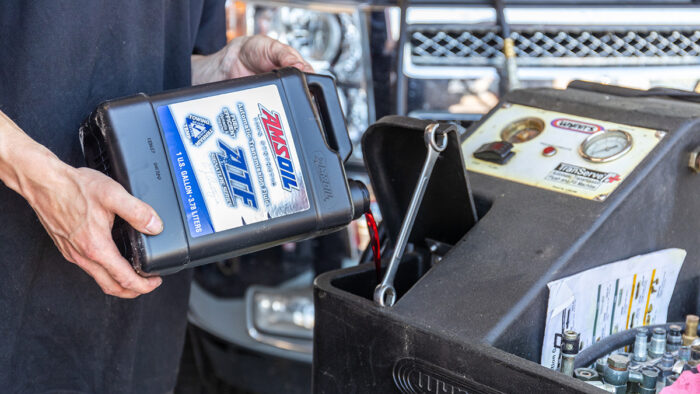How Often Should I Change Transmission Fluid? well, um, ahh huh, well let’s see… How often to change transmission fluid depends on several factors Sonny outlines in this post. _by Sunny Pruitt|June 21, 2022 Motorists sometimes ask, “How often should I change transmission fluid?” It depends on your vehicle and driving habits. Recommended transmission fluid […]
You are browsing archives for
Tag: towing
9 Tips for Safe Trailer Towing
9 Tips for Safe Trailer Towing Ed Newman|Jun 11, 2019 11:10 AM Friends of mine in Minneapolis were driving on Highway 35, talking about this and that, minding their own business, when – wham! A trailer carrying a boat slammed into their car. The trailer had disconnected from the tow vehicle and darted across the […]
How Often Should I Change Front or Rear ...
When to change differential fluids John Baker|Nov 08, 2017 10:09 AM It depends on your vehicle, driving conditions and differential fluid quality. That’s a pretty vague answer, but it’s true. If you drive your truck primarily on the highway in temperate conditions and rarely tow or haul, you likely don’t need to change front […]
9 Tips for Safe Trailer Towing
9 Tips for Safe Trailer Towing Ed Newman|Mar 27, 2018 9:18 AM Friends of mine in Minneapolis were driving on Highway 35, talking about this and that, minding their own business, when – Wham! A trailer carrying a boat slammed into their car. The trailer had disconnected from the tow vehicle and darted across the […]



